Woman Goes Blind in One Eye After Playing Mobile Video Game Almost Non-Stop
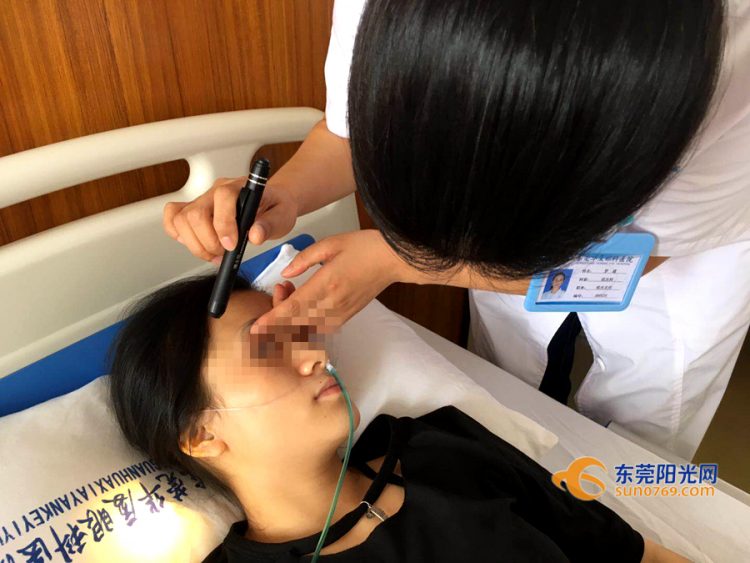
A 21-year-old woman from Dongguan, China, was recently diagnosed with with retinal artery obstruction in her right eye, after playing a popular smartphone game almost non-stop. The woman, known only as Wu, apparently noticed that she couldn’t see anything with her right eye on October 1st, while playing her favorite mobile game, King of Glory. Thinking […]
Boy Accidentally Swallows Party Toy, Makes Hilarious Sound When He Inhales

Ever wonder what you would sound like if you had a party hooter stuck in your trachea? Well, thanks to a viral video posted by a doctor in Argentina, you don’t have to try it yourself to find out. Dr Santiago Gomez Zuviria, of Tucuman, Argentina, recently had to operate on an 8-year-old boy who […]
If You’ve Tried Everything, This Guy Claims He Can Cure Your Illness with “Star Magic”
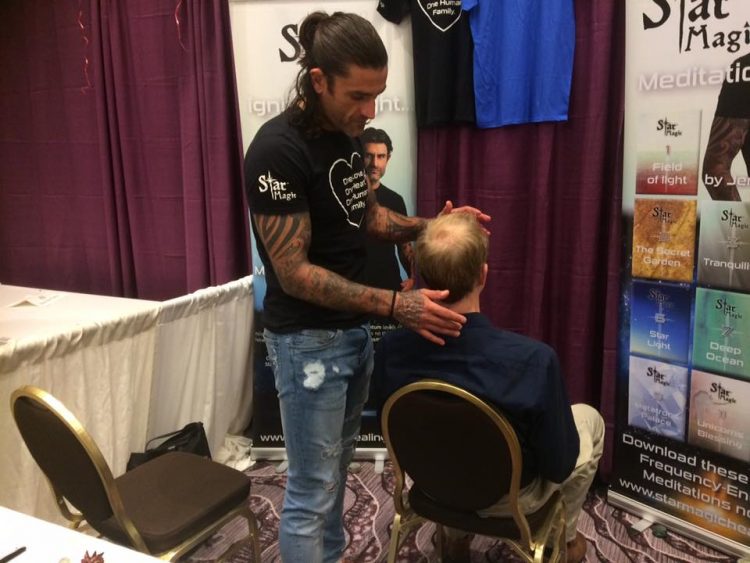
Do you have stubborn migraines that just won’t go away? Maybe you’ve recently been in an accident or contracted some life-threatening virus? Have you tried everything Western and Eastern medicine has to offer? Well, in that case, maybe you should look to the stars for your next treatment and give Jerry Sargeant a call. All […]
Doctor Performs Colonoscopy on Himself to Better Understand Patients’ Pain
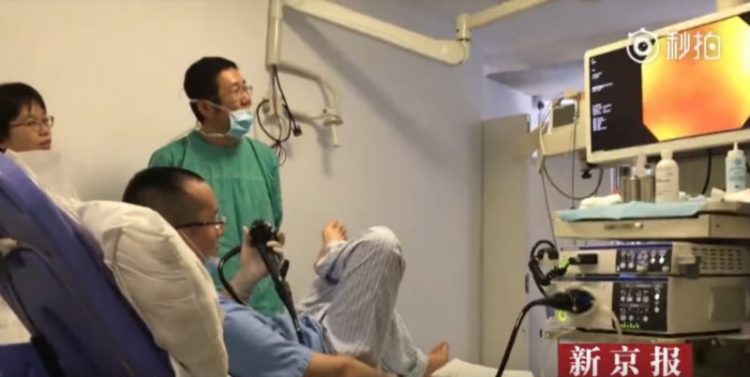
In order to better understand what his patients go through, Dr. Feng Zhuo, a deputy director of the Proctology Department at a Shanghai hospital, recently performed a 15-minute colonoscopy on himself. Ask anyone who’s ever had a colonoscopy and they’ll tell you that it’s one of the most painful and uncomfortable things they’ve ever experienced. Despite sedation being […]
Mysterious Condition Causes Woman’s Eyes to Clamp Shut for Three Days at a Time

For the past 13 years, Natalie Adler, of Melbourne Australia, has been battling a strange medical condition that causes her eyelids to close for up to three days at a time, rendering her completely blind. After countless tests and procedures, doctors still don’t have a proper diagnosis. Natalie’s life changed dramatically one seemingly normal Sunday, […]
Indian Girl Allegedly Has “Cotton Tears” Oozing From Her Eyes Every Day

An 11-year-old from the Indian state of Madhya Pradesh has allegedly been popping out 35 to 40 small white pebbles of what looks like cotton from her eyes, every day for over two weeks. Manasi, a sixth-grader from the village of Pachkhura, apparently started producing the bizarre white “cotton tears” on August 25, and her father, […]
Peruvian Diver Left Looking Like a Balloon After Rising From the Depths Too Fast

Alejandro Ramos Martínez, a seafood diver from Pisco, Peru, recently made international headlines after a terrible accident left him looking like a human balloon. He apparently rose from a depth of 30 meters too fast, which caused the nitrogen in his blood to form giant bubbles that adhered to his muscles, leaving him looking deformed. […]
7-Year-Old Girl Suffers from “Uncombable Hair Syndrome”

7-year-old Shilah Yin is one of only around 100 people in the world with a condition known as “uncombable hair syndrome”. Instead of downwards, her hair grows out from the scalp in multiple directions, and can’t be combed flat. Shilah, from Melbourne, Australia, was born with normal hair, but her parents noticed a strawberry blond fuzz growing […]
Agoraphobic Artist Travels the World without Leaving Her House

Jacqui Kenny has always wanted to travel the world, meet new people and discover different cultures, but she suffers from agoraphobia – an anxiety disorder characterized by fear of public spaces, public transportation, open spaces and/or large crowds – so she rarely gets to leave her house. Luckily, modern technology allows her to live out her […]
Insatiable 10-Year-Old Boy Weighs 90 Kg, Eats Anything He Gets His Hands On

At age 10, Caden Benjamin, from Mpumalanga, South Africa already tips the scales at a whopping 90 kg. He suffers from a rare genetic disorder known as Prader-Willi syndrome, which makes him feel hungry all the time. Caden was always a hungry child, but his mother, Zola, realized that there was something unusual about his appetite at age […]
Chinese Man Proves That Eating 54 Ice Creams in One Sitting Is Not a Good Idea
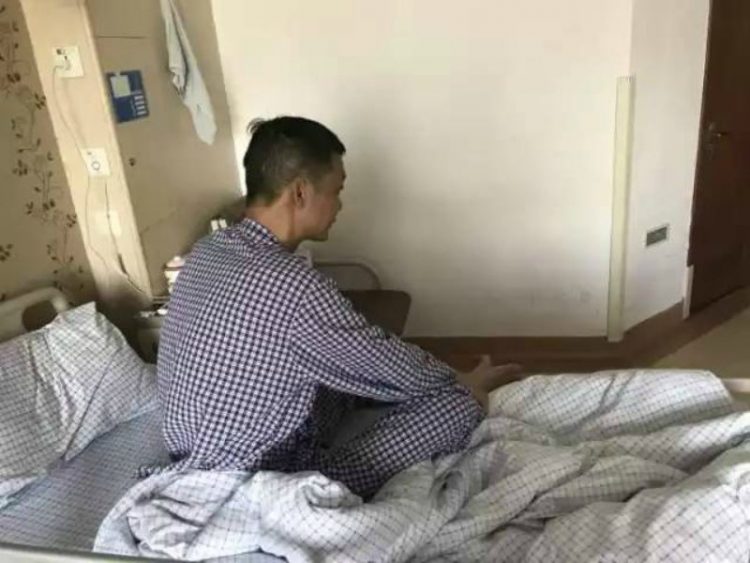
A 44-year-old man from Quzhou, China’s Zhejiang province, was recently hospitalized with severe kidney problems, after eating a whopping 54 ice creams in one sitting, and washing them down with ice water. The man, surnamed Zheng, was at his home, on July 15, when he began to feel the effects of the heatwaves that have been sweeping China for […]
New Cancer Drugs Turn Patients’ Gray Hair Dark Again
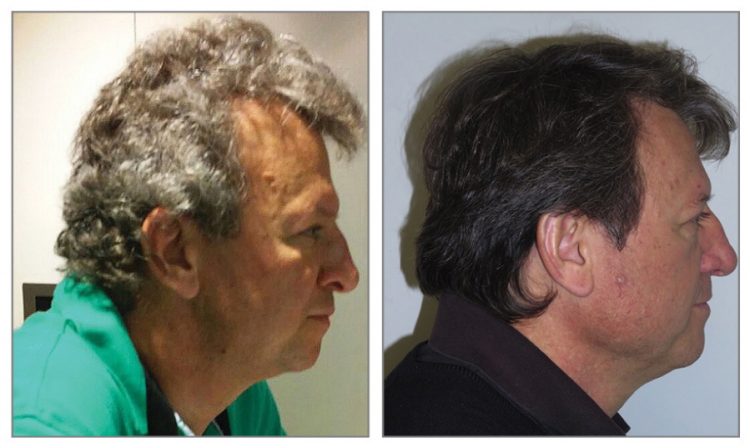
Cancer therapy is known to cause patients’ hair to fall off, but a few new cancer drugs apparently have a completely different side effect – they restore pigment in older people’s gray hair. Spanish researchers testing three new cancer drugs – Keytruda, Opdivo and Tecentriq – for negative side-effects in cancer patients made a very surprising discovery. After […]
Doctors Remove Over 200 Stones from Woman’s Body in a Single Operation
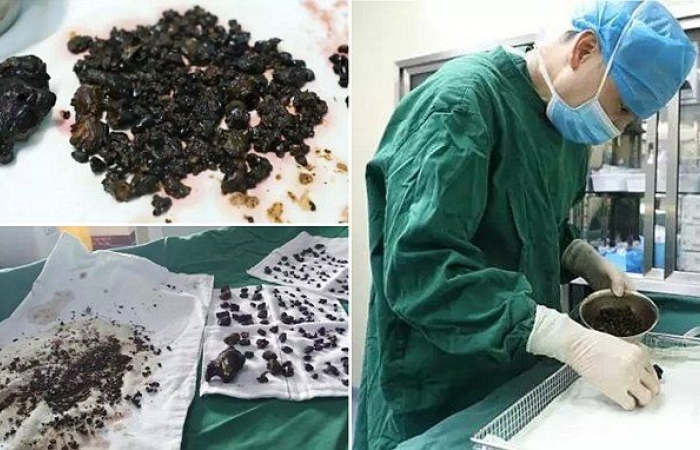
Surgeons at Guanji Hospital, in Hezhou, China, recently spent six hours removing over 200 stones from a woman’s gallbladder and liver, some of them the size of small eggs. The patient, a 45-year-old woman known only as Ms. Chen, had apparently been experiencing abdominal pain for over a decade. When she first went to a hospital […]
The Curious Case of a Boy Who Stops Breathing Every Time He Falls Asleep
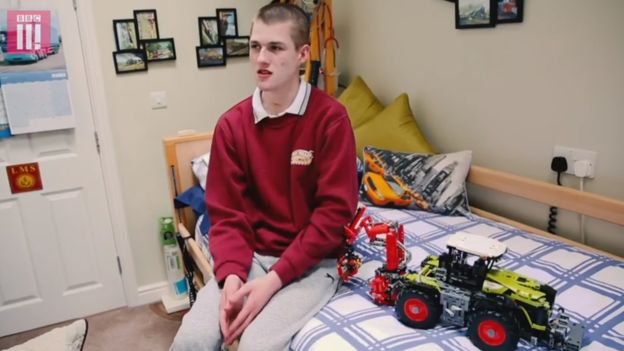
Liam Derbyshire was born with a very rare congenital disease that causes him to stop breathing every time he falls asleep. Doctors told his parents that he wouldn’t live past six weeks, but the boy has defied the odds and will soon turn 18-years-old. Liam suffers from a condition known as central hypoventilation, or “Ondine’s Curse”, […]
Surgeons Find 27 Contact Lenses in “Forgetful” Woman’s Eye
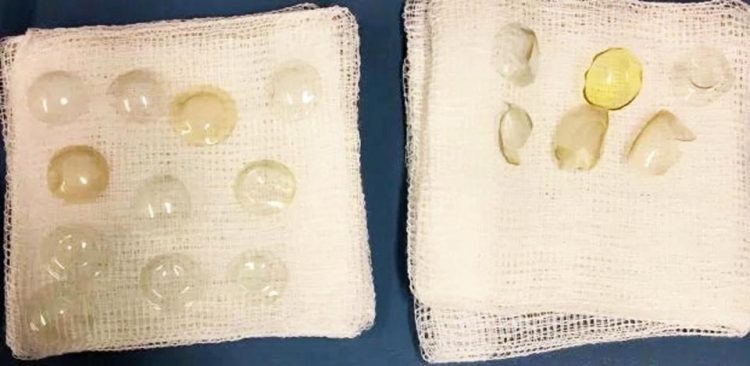
Can’t find your contact lenses? They’re probably still in your eye sockets. Someone should have probably told this to a 67-year-old woman from the UK who has forgotten a whopping 27 contact lenses in her eye, over the last 35 years. The bizarre discovery was made last November, when the unnamed patient came to the […]
